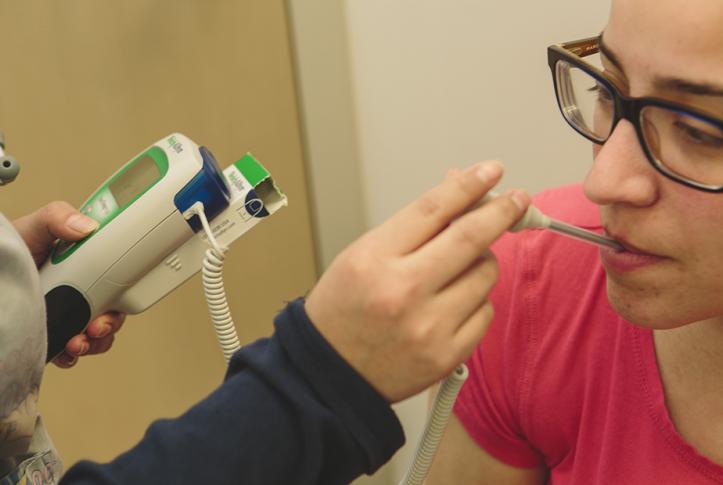Synopsis
A multipayer medical home program piloted in Colorado led to a sustained reduction in emergency department use and costs over three years, although there were no overall cost savings for practices or patients. Primary care visits also decreased. The impact on quality was mixed: cervical cancer screening rates improved, yet colon cancer screenings and hemoglobin testing for diabetes patients decreased.
The Issue
We found a reduction in ambulatory care–sensitive inpatient hospital admissions for patients with two or more comorbidities, suggesting that some PCMH interventions may be able to deliver on the promise to reduce hospital use by patients with chronic illness.
By delivering primary care services in a proactive, coordinated manner, the patient-centered medical home (PCMH) aims to improve health outcomes for patients, particularly those with multiple or complex care needs. The PCMH also aims to lower costs, largely by diminishing the need for expensive hospital stays and emergency department visits. To date, research on the effects of the care model has yielded mixed results. Few studies, however, have evaluated outcomes beyond two years, even though evidence suggests that transforming practices into fully functioning PCMHs can take years. Researchers supported by The Commonwealth Fund evaluated a pilot program involving 15 PCMH practices in Colorado serving approximately 98,000 patients both prior to the program’s launch and then again at two and three years.
Key Findings
- After two years, the participating PCMH practices reduced their patients’ use of the emergency department (ED) by 1.4 visits per thousand member-months, or by approximately 7.9 percent. At the end of three years, they had sustained this improvement—with 1.6 fewer ED visits per thousand member-months, or a 9.3 percent drop from baseline.
- Among patients with two or more illnesses, there was a 10.3 percent drop from baseline in the rate of hospital admissions for conditions that could be have been avoided had timely treatment been provided in an ambulatory care setting.
- After three years, the program reduced emergency department costs by $3.50 per member per month, a drop of 11.8 percent. For patients with two or more conditions, the reduction was $6.61 per member per month, or 14.5 percent.
- The PCMH pilot practices saw a decline in primary care visits. At three years, there was a reduction of 4.2 primary care visits per thousand member-months.
- Cervical cancer screenings improved by 4.7 percent after two years and 3.3 percent after three years. However, the pilot also was associated with lower rates of hemoglobin A1c testing in diabetes patients and lower rates of colon cancer screening.
The Big Picture
The reduction in emergency department costs produced nearly $5 million per year in savings, the authors say. But because of spending increases for other services, this did not translate into overall cost savings. Speculating on the reduced number of primary care visits, the authors posit that phone or email consultations and group visits—all components of the PCMH model—might have substituted for additional office visits. Alternatively, improvement in the effectiveness of office visits might have reduced the need for return visits. This decline in visits may have resulted in fewer opportunities to counsel patients and order preventive health screenings. If the PCMH model persists in reducing visits, practices may need to develop other methods for prompting such screenings.
About the Study
The research team examined changes in patient care following the launch, with support from five commercial insurers, of a PCMH pilot in Colorado in April 2009. The pilot included 15 medium-sized practices with 51 physicians, 35 nurse practitioners and physician assistants, and 205 staff serving approximately 98,000 patients. The team looked at Healthcare Effectiveness Data and Information Set (HEDIS) measures before the start of the intervention and then again two and three years after the pilot launch. Comparison practices in the same area served as a control group.
The Bottom Line
A patient-centered medical home initiative helped to reduce hospital admissions and the use of emergency departments—even over a sustained time period—but produced mixed results on quality measures.



